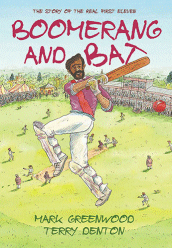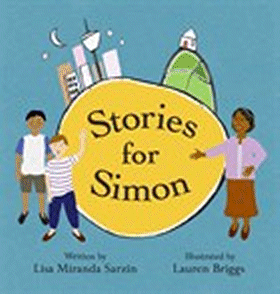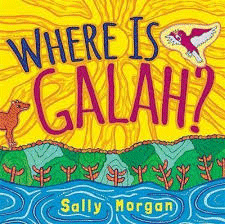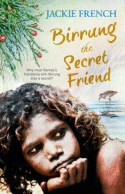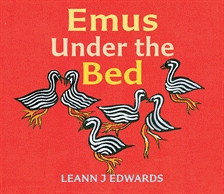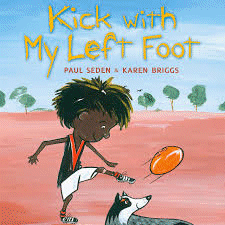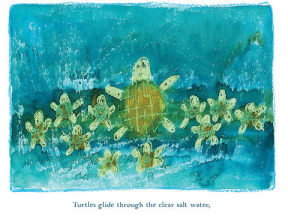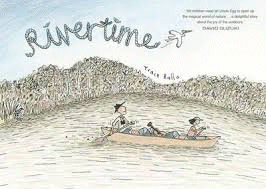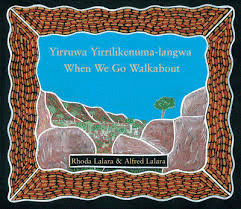Boomerang and Bat: The story of the real first eleven
Mark Greenwood
Terry Denton
Allen & Unwin, 2016
32pp., hbk., RRP $A29.99
9781743319246
It’s the 1860s in the Wimmera district of Victoria and Aboriginal stockman Unaaarrimin (aka Johnny Mullagh) is watching the white settlers play “a curious game called cricket”. When he is invited to play he hits the ball so hard he splits the redgum bat! And so begins the remarkable story of the first Aboriginal cricket team and the first Australian team to tour England. Johnny introduced his fellow stockmen to the game and they were so good that soon they were beating the local white settler teams and invited to play in the city at the MCG! An English cricketer, Charles Lawrence spotted them, recognised their potential and proposed a tour of England. But his plans were thwarted when the Board for the Protection of Aborigines refused to let them go claiming “These men might not survive the voyage.”
Undaunted and driven by the money-making opportunity of the novelty of such a team, Lawrence did not give up, continuing to coach them and all the while hatching a secret plan to smuggle Johnny and his mates to England. After eight days of sneaking through Victoria to Queenscliff, they were taken by longboat to a steamer bound for Sydney and from there, under the cover of darkness they boarded the Parramatta bound for England.
The tour of England was both triumphant and tragic. Viewed initially with fascination and later admired for their ability, the team played 47 games in six months with 14 wins, 14 losses and 19 draws. Mullagh scored 1,698 runs and took 245 wickets. But racism reared its head, Bripumyarrimin (King Cole) got sicked and died, the players were tired and they were all homesick. And so they returned to Australia, but unlike today’s teams, “there was no triumphant welcome” – and each, apart from Mullagh, went their own way back to the bush and anonymity, at home in their country.
Mark Greenwood is the master of telling the back story, the unknown or unheralded truth of those who should be Australian heroes, and this book is no different. Once again he stands up for the Aboriginal people who were denied their identity, their heritage and their dignity to shine a light on our original cricketing heroes, and bringing to life a team of characters and personalities, not just facts and statistics. Who knew they had to sneak out of the country like criminals? Who knew they donned traditional gear at the end of the match to entertain crowds with their “tricks” so they could make a little extra money?
Terry Denton also brings each of the players to life with his iconic illustrations. Double page spreads, vignettes – each one helps the reader picture the action as well as the emotions. Even though the text is written in the third-person in a ‘reporter-like’ fashion, the astute reader marries both words and pictures to get to the purpose that drives this story-telling. The endpapers are poignant – showing the delight and excitement of the cricketers as they leave on their long sea voyage to the individual portraits that gives each a name and an identity, going a little way to restoring the dignity they deserved but didn’t get 150 years ago.
This book is rich in so many areas for discussion and investigation and comprehensive teaching notes are available.
